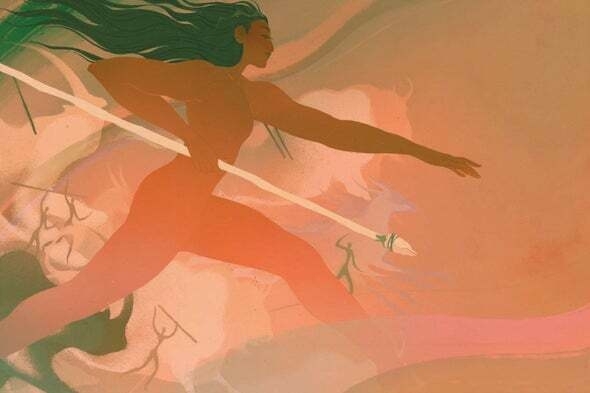Laying to rest a foundational myth
The widely accepted “Man the Hunter” theory proposes that during human evolution, men evolved to hunt while women focused on gathering and domestic duties such as child-rearing. However, as reported in Scientific American, it turns out that recent research is challenging this view.
Scientific studies indicate that women are physiologically better suited for endurance tasks, which is crucial for hunting. Also, although ignored for societal reasons (read: the patriarchy) archaeological records and ethnographic studies demonstrate that women have a longstanding history of participating in hunting activities.
I’m pleased that our 12 year-old daughter inhabits a world where female footballers are allowed to compete in the same way as men in most areas of life. There is still a lot of inequality, but it helps when we dismantle these foundational myths.

Mounting evidence from exercise science indicates that women are physiologically better suited than men to endurance efforts such as running marathons. This advantage bears on questions about hunting because a prominent hypothesis contends that early humans are thought to have pursued prey on foot over long distances until the animals were exhausted. Furthermore, the fossil and archaeological records, as well as ethnographic studies of modern-day hunter-gatherers, indicate that women have a long history of hunting game. We still have much to learn about female athletic performance and the lives of prehistoric women. Nevertheless, the data we do have signal that it is time to bury Man the Hunter for good.Source: The Theory That Men Evolved to Hunt and Women Evolved to Gather Is Wrong | Scientific American[…]
So much about female exercise physiology and the lives of prehistoric women remains to be discovered. But the idea that in the past men were hunters and women were not is absolutely unsupported by the limited evidence we have. Female physiology is optimized for exactly the kinds of endurance activities involved in procuring game animals for food. And ancient women and men appear to have engaged in the same foraging activities rather than upholding a sex-based division of labor. It was the arrival some 10,000 years ago of agriculture, with its intensive investment in land, population growth and resultant clumped resources, that led to rigid gendered roles and economic inequality.
Now when you think of “cave people,” we hope, you will imagine a mixed-sex group of hunters encircling an errant reindeer or knapping stone tools together rather than a heavy-browed man with a club over one shoulder and a trailing bride. Hunting may have been remade as a masculine activity in recent times, but for most of human history, it belonged to everyone.